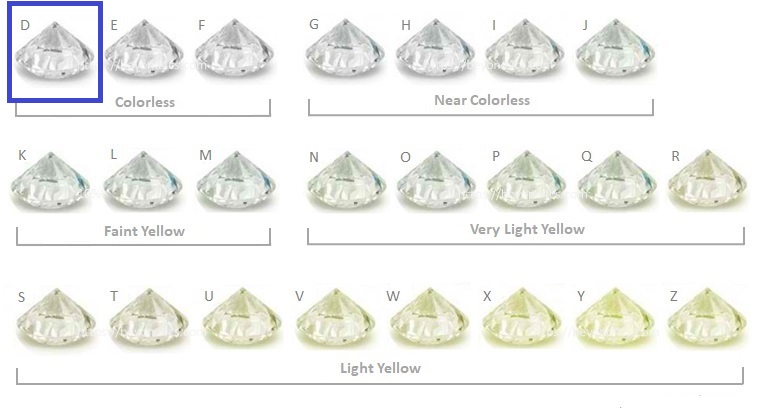
Diamonds are among the hardest natural substances on Earth, which means that they are very durable and resistant to damage. However, while diamonds themselves are difficult to damage but not impossible, the metal and setting that hold the diamond in place can be vulnerable to wear and tear.
If a diamond ring is worn regularly, it can be exposed to a range of environmental factors such as dust, dirt, and chemicals, which can dull the metal and damage the setting. Additionally, accidental impacts, knocks, or scratches can potentially cause the diamond to become loose or even dislodge completely from its setting.
Therefore, it’s essential to take good care of your diamond ring, keep it clean and dry, and avoid wearing it during any activities that could expose it to undue stress or impact. Regular professional inspections by a jeweler can also help to detect and prevent any potential issues that could lead to damage.
It is recommended to have your diamond ring checked at least once a year by a professional jeweler. During this checkup, the jeweler will inspect the diamond to ensure it is secure in its setting and that there are no signs of damage or wear and tear. They will also clean the ring to keep it looking its best.
If you wear your diamond ring daily or engage in activities that could potentially damage the ring, such as sports or heavy manual labor, it may be advisable to have it checked more frequently, perhaps every six months or so.
It’s also a good idea to check your ring regularly at home for any signs of damage or loose stones. If you notice anything unusual, take it to a jeweler for a professional inspection right away to prevent further damage or loss of the diamond.
See out list of recommended jewellers in your area.
Source: Certin Diamond Insurance







